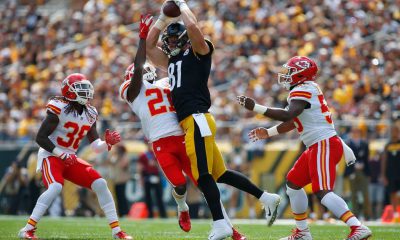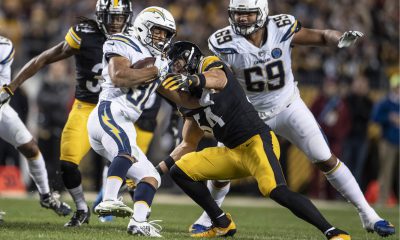The guys at Emory Sports Marketing Analytics researched the top teams in Social Media.
From their website:
“What we would ideally like to have is a fan metric that is not constrained by stadium sizes. The world of social media can provide this type of metric. In today’s installment we assess NFL fan base quality using information on teams’ ability to acquire Twitter followers.
The simplest measurement of social media strength is to look at Twitter follower counts across teams. Using this metric, the top 5 teams are the Patriots, Cowboys, Jets, Steelers, and Packers. The bottom five includes the Titans, Buccaneers, Rams, Jaguars and Cardinals. While gathering this data we did come across some interesting results. The Patriots lead the league with about 650,000 followers while the Cardinals are in 32nd place with 62,000 followers. Notably the Cardinals had only 31 more followers than the Cowboy Cheerleaders.
But as always, the raw numbers can be deceiving. The Jets play in a market that dwarfs the Steelers, and Twitter success is probably highly correlated to teams’ recent on-field success. To calculate “Social Media Equity” we start by building a statistical model that predicts Twitter followers based on team winning percentage from 2012, market population and median income. We then compare this prediction with the actual follower count. The difference between actual and predicted followers provides a measure of over or under performance in the social media space. Note: We could also have used Facebook fans for the analysis.
In terms of this measure of “social media equity” the top 5 were the Steelers, Cowboys, Patriots, Packers and Saints (and the Jets in 6th). In terms of our previous fan equity ranking, the biggest change was for the Steelers and Packers. The Cowboys, Patriots, Saints and Jets were strong in both rankings. In terms of the critique that some owners may systematically underprice, the Steelers and Packers seem like two of the most likely candidates.
At the other end of the list in last place are the Arizona Cardinals. The Cardinals play in a larger market than the Steelers but only have 11% of the Twitter followers. Another notable bottom dweller is the Redskins. The Redskins play in a large market but have less than half the Twitter followers as do the Cowboys.
We have noted the advantage of using Twitter followers as a metric. This measure is not constrained by stadium capacity and fans are able to show there interest without an economic sacrifice. However, this measure could also be criticized. For example, if the goal is to assess fan passion or loyalty it is not clear how correlated an unobservable trait such as loyalty will be with Twitter follow rates. A second issue is that teams may invest different levels of resources into their social media efforts. If team A emphasizes their Twitter handle in ad copy while team B does not, then a straight comparison can be misleading. A third issue is that the data available for this type of analysis is very limited. While attendance rates are observable for decades, social media data is a very recent phenomenon.”
– Mike Lewis & Manish Tripathi, Emory University 2013.















Recent Comments